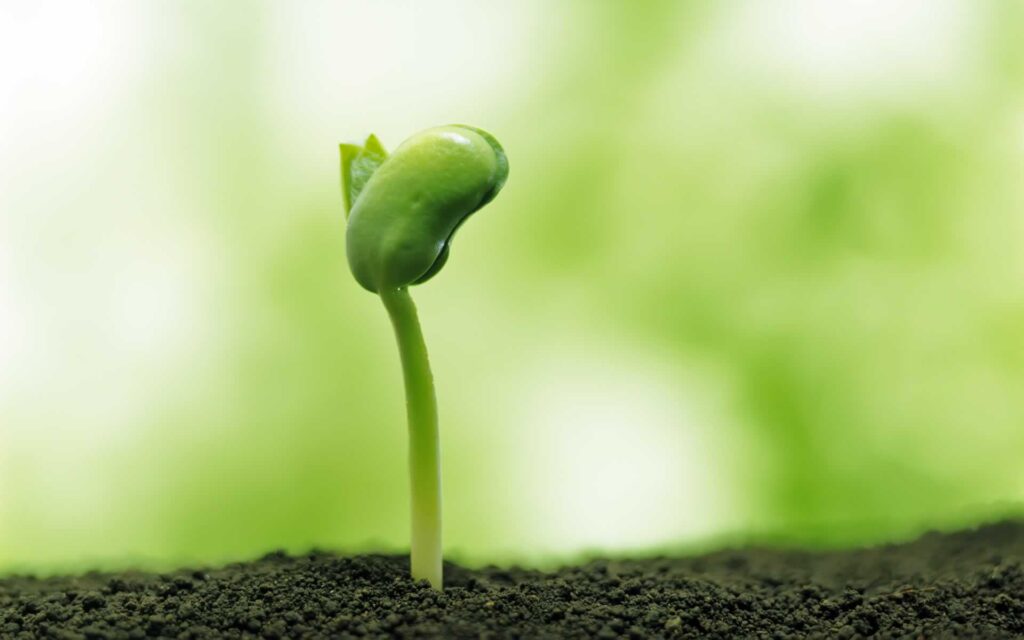2. Plant Stem Cells
Plant Stem Cell Therapy: 33 Days To Total Cell Regeneration!
。What Are Plant Stem Cells?
。How Can They Help You?
。What Can You Do To Benefit — NOW?

Most of us are familiar with Human Stem Cells.
Stem cells are biological cells found in all multi-cellular organisms, that can divide through mitosis and differentiate into diverse specialized cell types and can self renew to produce more stem cells.
In mammals, there are two broad types of stem cells: embryonic stem cells that are isolated from the inner cell mass of blastocysts, and adult stem cells that are found in various tissues. In adult organisms, stem cells and progenitor cells act as a repair system for the body, replenished in adult tissues. In a developing embryo, stem cells can differentiate into all the specialized cells, but also maintain the normal turnover of regenerative organs, such as blood, skin, or intestinal tissues.
HOWEVER — the use of Human stem cells in medicine has many complications. Problems with rejection by the immune system has been common. Plus there are political, moral and ethical problems connected with using stem cells of human fetus.
This led to the investigation of Plant Stem-Cells as a viable alternative for regeneration and other medical applications for humans.
Plant stem cells are innately undifferentiated cells located in the meristems of plants.
Plant stem cells serve as the origin of plant vitality, as they maintain themselves while providing a steady supply of precursor cells to form differentiated tissues and organs in plant.
Plant stem cells are characterized by two distinctive properties: the ability to create all differentiated cell types, and the ability to self-renew such that the number of stem cells is maintained.
Plant stem cells never undergo aging process, but immortally give rise to new specialized and unspecialized cells, and they have the potential to grow into any organ, tissue, or cell in the body of the plant.
Thus they are totipotent cells equipped with wondrous regenerative powers that facilitate plant growth and production of new organs throughout lifetime.
Unlike animals, plants are immobile. As plants cannot escape from danger by taking motion, they need a special mechanism to withstand various and sometimes unforeseen environmental stress. Here, what empowers them to withstand harsh external influence and preserve life is their stem cells.
In fact, plants comprise the oldest and the largest living organisms on earth, including Bristlecone Pines in California, U.S. (4,842 years old), and the Giant Sequioia in mountainous regions of California, U.S. (87 meters in height and 2,000 tons in weight). This is possible because they have a modular body plan that enables them to survive substantial damage by initiating continuous and repetitive formation of new structures and organs such as leaves and flowers.
Breakthroughs In Plant Stem-Cell Use
Recently scientist have had several breakthroughs in using plant stem cells, topically, and as Functional Food Concentrates. Some researchers have documented total cell regeneration in 33 days.
A large new area is also opening up for using Nano-Technology as one of the methods for utilizing the regenerative properties naturally occurring in plant stem-cells.
Plant Stem Cells Are Now Used In Medicine, Cosmetic, Skin Care And Regenerative Nutrition .
Latest Researches Have Shown That They Work Quite Closely With Our Cells In The Arena Of Functional Nutrition, Where Genes Are Activated For Health And Regeneration.
Through Functional Nutrition, We Can Utilize Unique Plant Stem Cells To Give Us Long-Term Health Benefits In Many Areas Of Our Body, From Our Skin, Down To The Internal Regeneration Of Our Cells
Adding Plant Stem Cells To Drinks And Functional Food Concentrates Has Recently Been Initiated To Provide Functional Health Through Functional Nutrition.
Skin Care Products That Combine Plant Stem Cells With Other Anti-Aging Ingredients, Like Antioxidants, Neuropeptides And Glycolic Acid, Will Soon Become Available.
These Functional Nutrition Products Will Actually Reverse The Aging Process And Help Skin Regeneration.
References
Stimulating Epidermal Regeneration With Plant Derived Stem Cells”, D. Schmid, And F. Zulti, Cosmetics & Toiletries, 125, 61-70 (2010).
Yadav, R. K. Et Al. Gene Expression Map Of The Arabidopsis Shoot Apical Meristem Stem Cell Niche. Proc. Natl Acad. Sci. Doi:10.1073/Pnas.0900843106 (Published Online 27 February 2009).
Bhalla, Singh, And Prem L. Bhalla. “Plant Stem Cells Carve Their Own Niche.” Trends In Plant Science (2006).
Detlef Weigel And Gerd Jürgens. “Stem Cells That Make Stems.” Nature. 415.6873 (2002): 751-754.
Oxidative Stress And Formation And Maintenance Of Root Stem Cells Ivanov, V.B., Academic Search Premier. EBSCO. 10 Dec. 2008
Cytokinin And Auxin Interaction In Root Stem-Cell Specification During Early Embryogenesis Müller, Bruno, Academic Search Premier. EBSCO. 10 Dec. 2008
Mei-P26 Regulates MicroRNAs And Cell Growth In The Drosophila Ovarian Stem Cell Lineage Neumüller, Ralph, Academic Search Premier. EBSCO. 10 Dec. 2008
Yes! This is a very exciting topic. Check back here often to discover the newest information on Plant Stem-Cells, and the latest THERAPY for applying their regenerative powers in your life.





